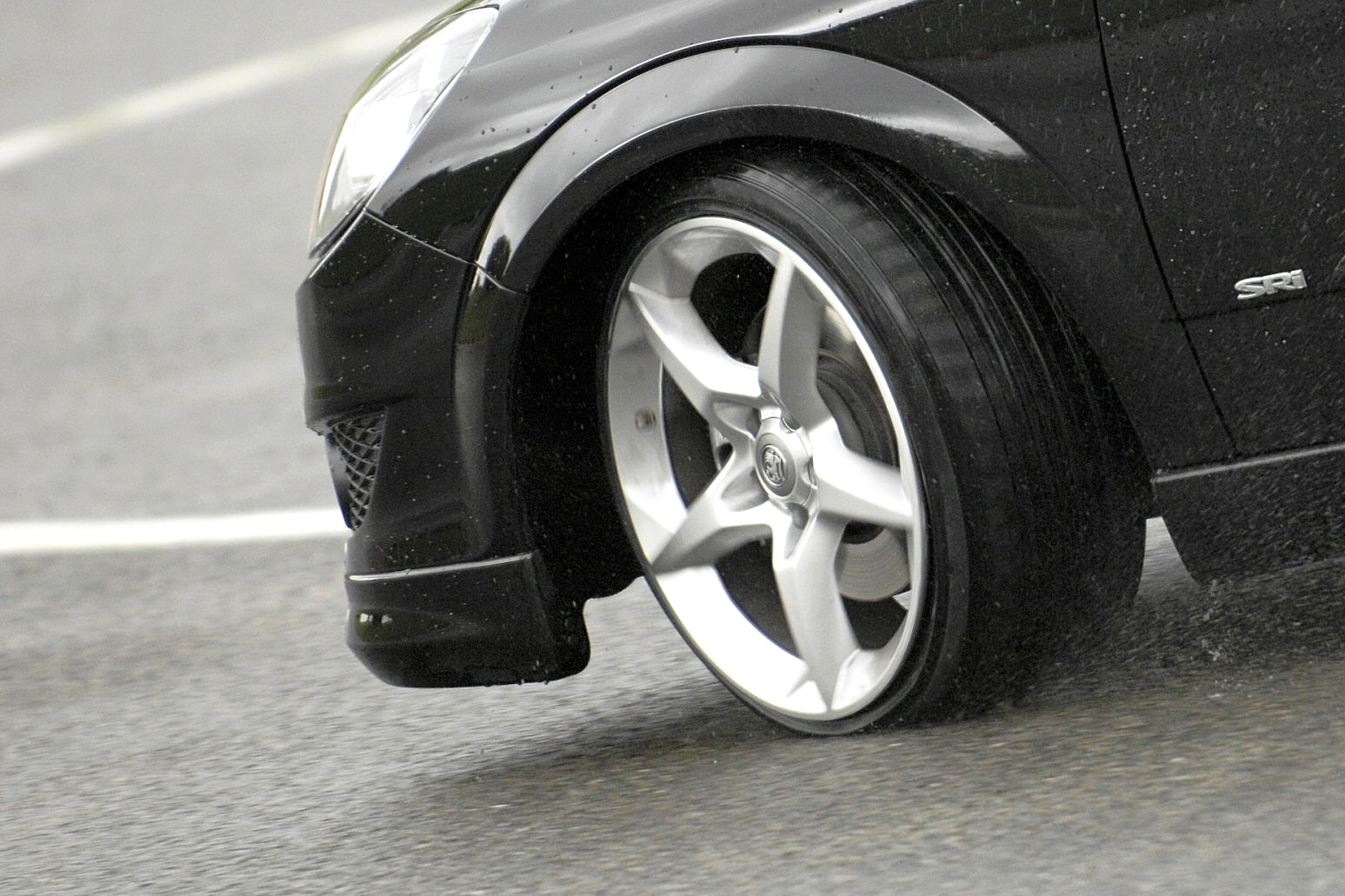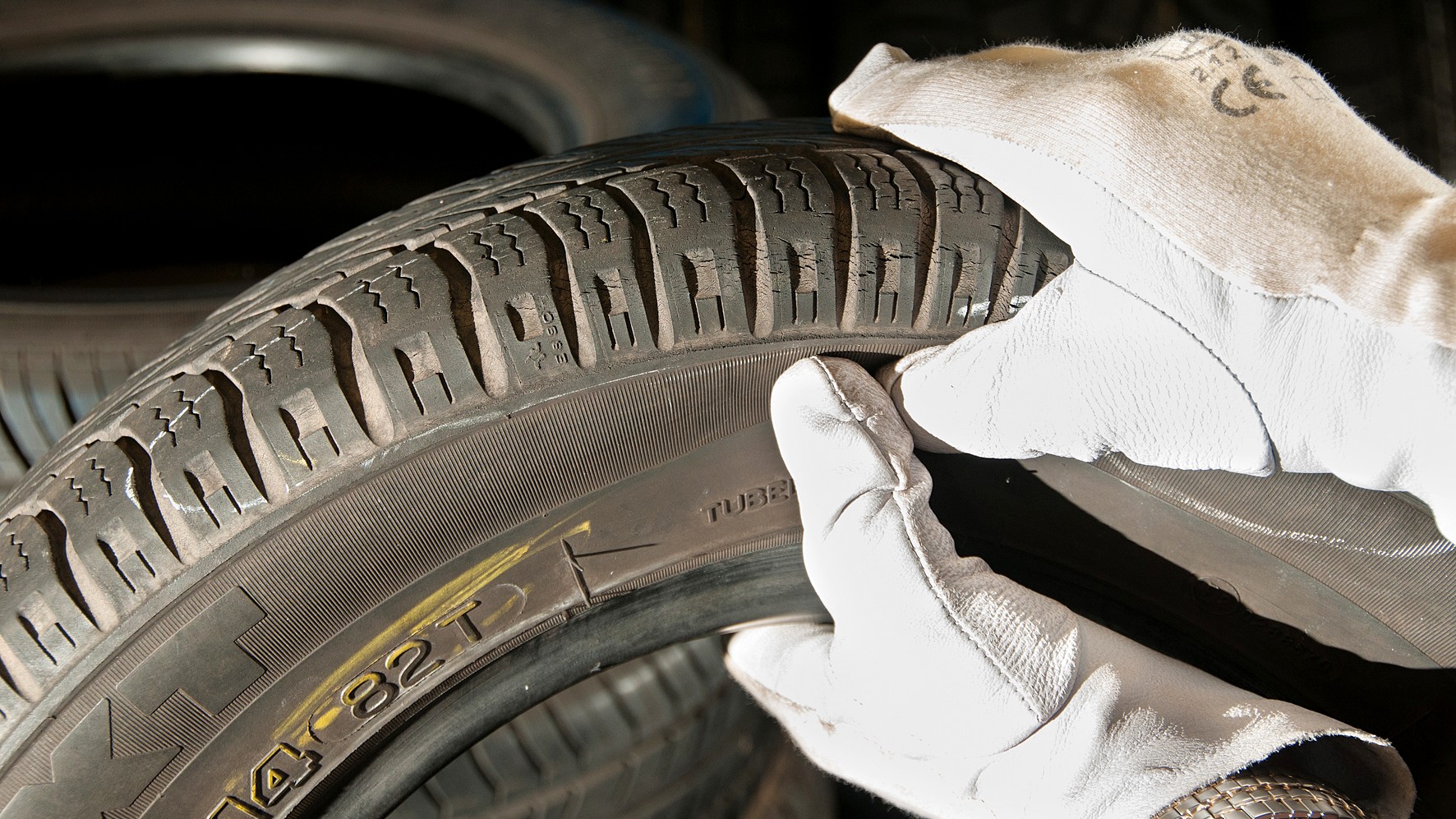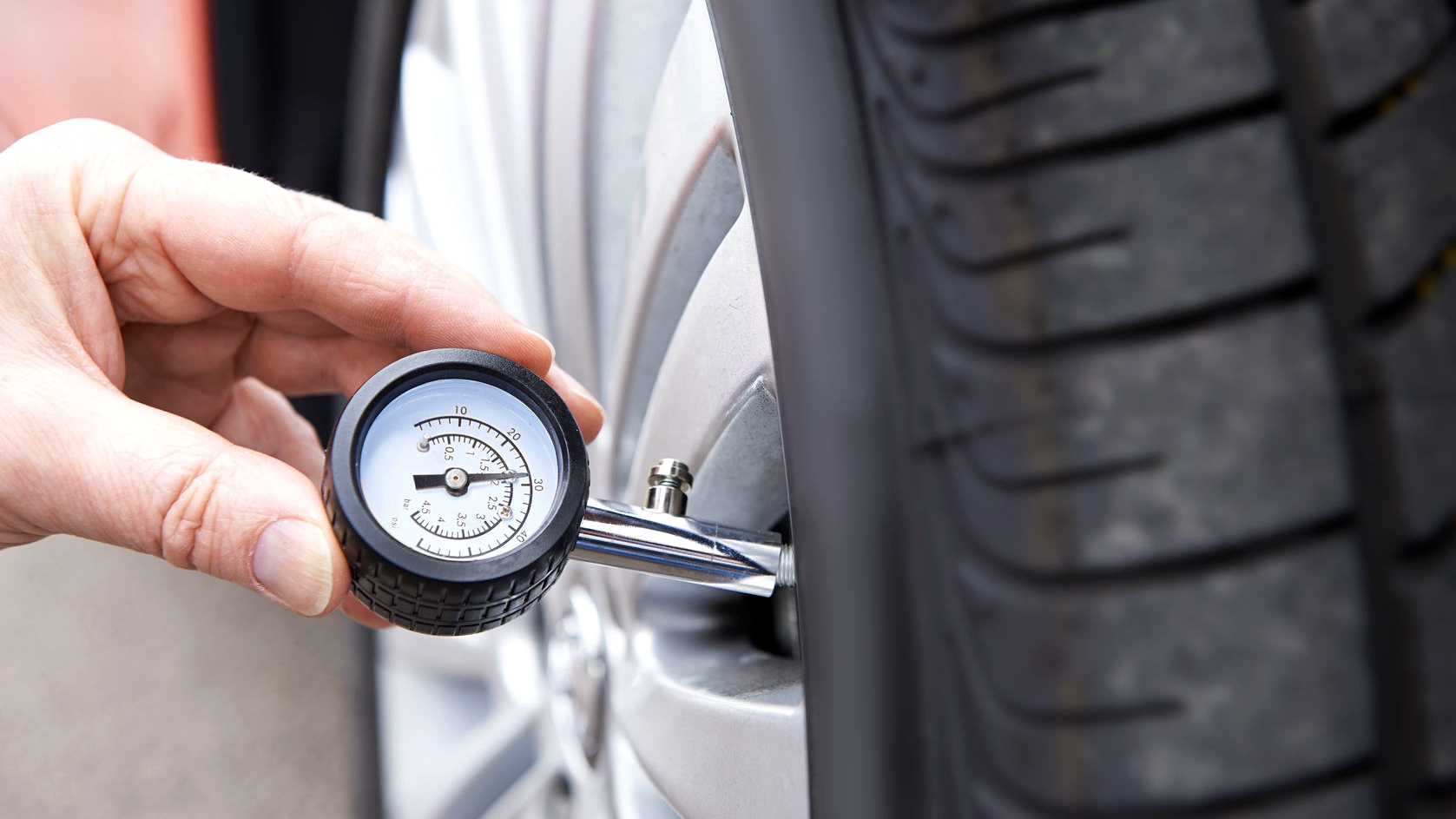7 Main Causes of Car Tyre Failure

Even for a seasoned driver, using the wrong tyres or misusing tyres might be dangerous and potentially even fatal. Thus, knowing the 7 main causes of car tyre failure could save your life. Read on to find out more.
1. Ageing tyres

Tyres weaken over time, even if they're not being used on the road. Although the tyres may appear to be in good condition, the rubber inside is actually deteriorating. It is recommended to replace any tyres older than six years, regardless of their tread life or how many kilometres they've been on the roads.
2. Under-inflated tyres

Most tyre blowouts are caused by under-inflation of tyres. An under-inflated tyre simply means that its tyre pressure is too low. The tyre's surface area touches the road more often, causing excessive flexion of the sidewall. The increased friction causes the tyre to overheat, leading to faster wear and a possible blowout.
The recommended pressure for typical tyres is between 30 to 35 PSI (pounds per square inch. To ensure that your tyres are correctly inflated, check your owner's manual for the optimum pressure. If you're driving long distances, remember to visually inspect your tyres at every rest stop before resuming your journey.
3. Prolonged high-speed driving

If you're continuously driving at high speeds, the tyres will heat up greatly, causing the air pressure within them to expand. To avoid excessive tyre wear, take a short break after every few hours of driving to allow the tyres to cool down.
4. Overloading your vehicle

Overloaded vehicles strain their tyres, and this leads to a greater risk of a tyre blowout. Having a large car boot doesn't mean that the tyres can handle the weight of the load. To prevent overloading of your vehicle, check the load rating of the tyre to determine the maximum carrying capacity of all four tyres together.
The higher the load rating, the more weight the tyre is able to carry. In any case, It's best to remove the unnecessary junk from your car and keep only the items that you really need.
5. Bulging tyres

If you see your tyre bulging, this means that its interior is faulty or damaged. A tyre bulge can be caused by hitting curbs, potholes or road dividers. Bulging tyres are ticking time bombs and should be replaced immediately. Manufacturing defects can also cause the tyre to deform and bulge. To ensure that your tyres are safe, you should conduct tyre inspections routinely to check for any damage.
6. Bald tyres

Bald tyres can be easily punctured by a nail or sharp rock while driving. Driving on bald tyres is also particularly dangerous in wet weather or slippery surfaces as bald tyres lack the ability to grip the road, leading to loss of control due to aquaplaning or skidding. To ensure safe driving, note that the legal limit for minimum tread depth is 1.6mm across 75 percent of the tyre circumference.
7. Driving above the tyre speed rating
Speed Symbol | Speed (km/h) | Speed Symbol | Speed (km/h) |
| E | 70 | R | 170 |
| F | 80 | S | 180 |
| G | 90 | T | 190 |
| J | 100 | U | 200 |
| K | 110 | H | 210 |
| L | 120 | V | 240 |
| M | 130 | W | 270 |
| N | 140 | Y | 300 |
| P | 150 | Z | Over 240 |
| Q | 160 |
Driving above the speed rating of your tyres is not recommended. The faster you travel, the more wear and tear your tyres will experience, causing them to be more prone to failure.
It's important to know the speed rating of your tyre. It is normally imprinted on its sidewall and represented by an alphabet. The table above shows the maximum speed that your tyres can sustain when correctly inflated and used within their load-carrying capacity.

Claim your free car valuation today!
Read More: 7 Essential Factors You Must Consider to Choose the Best Tyres for Your Car
Looking for a car appraisal? You can contact us for a free car valuation within 24 hours…
